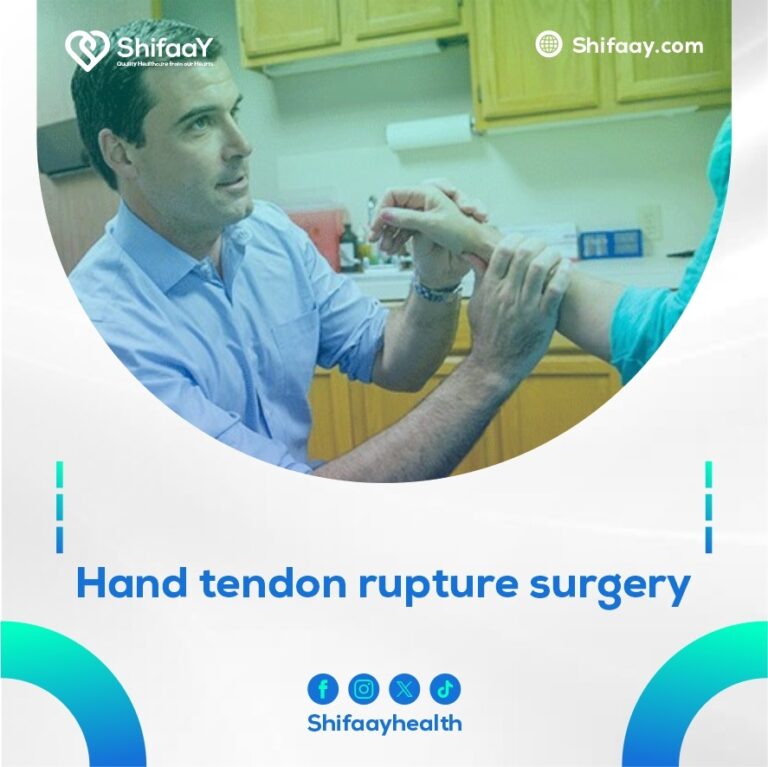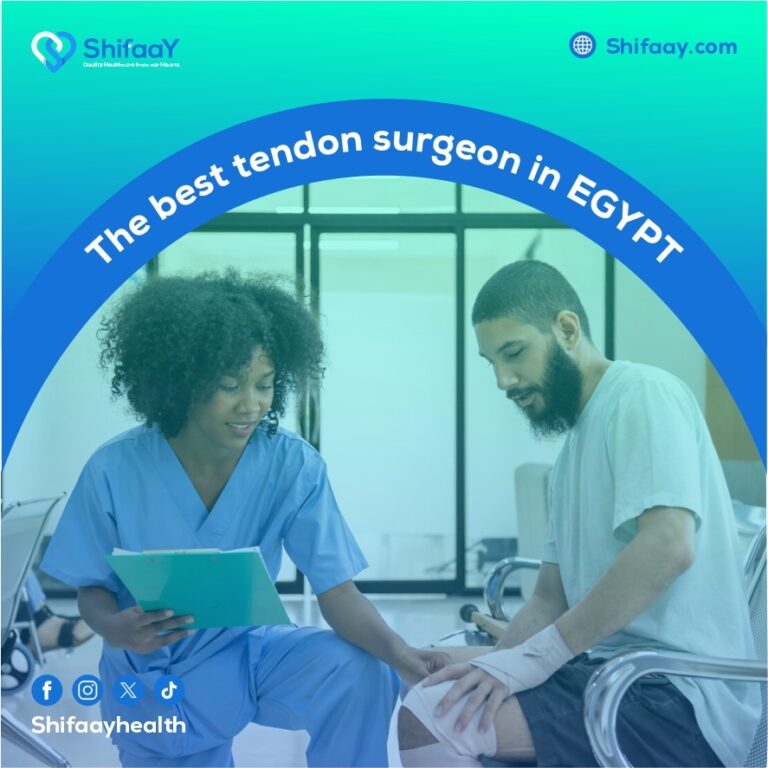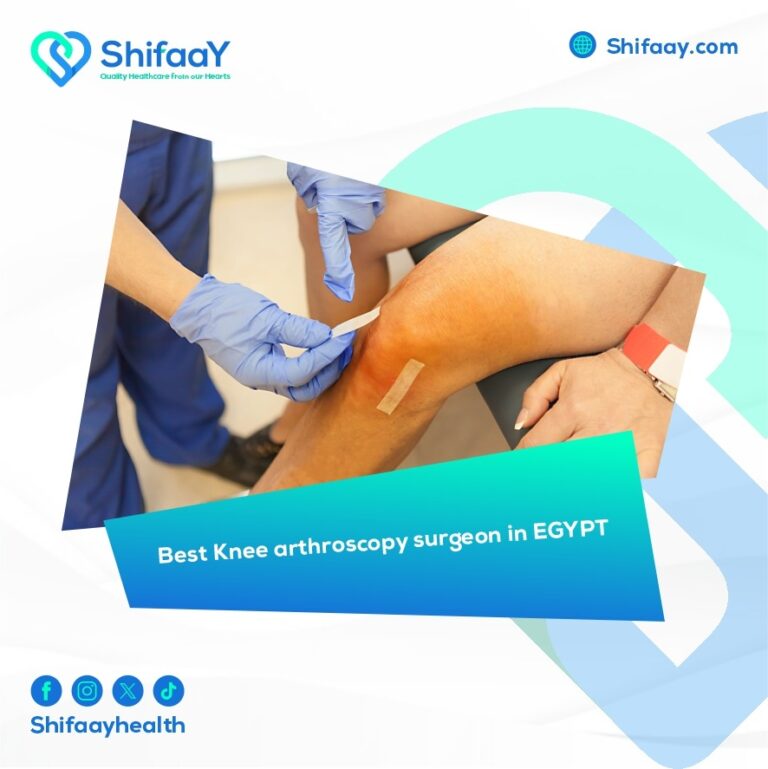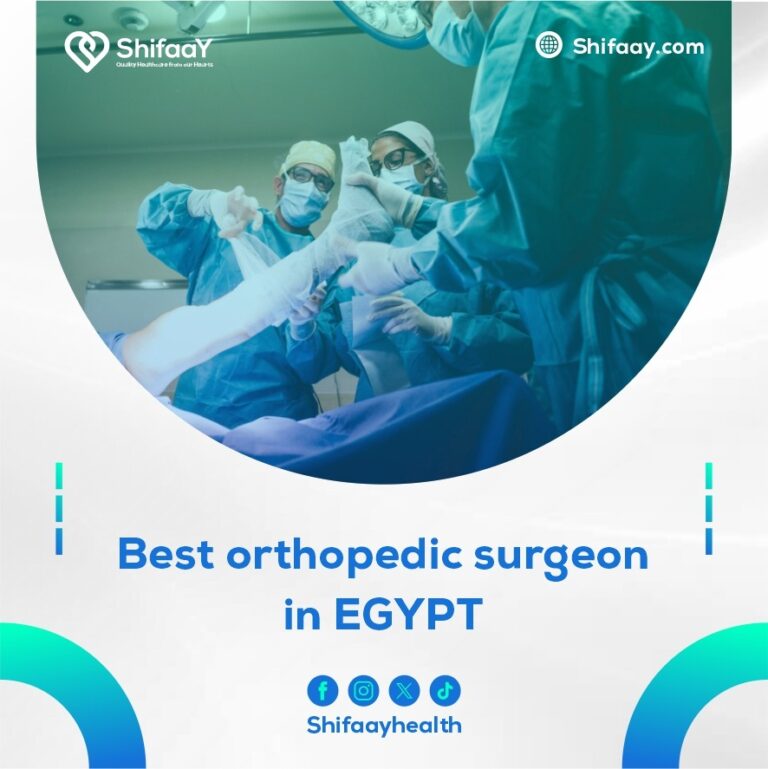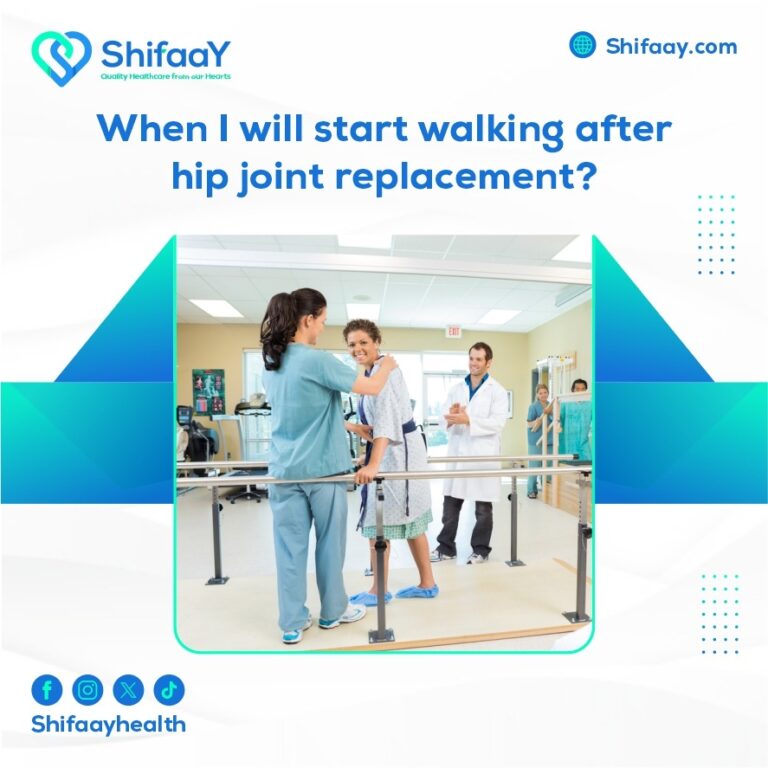Corn removal surgery
This article will discuss corn removal surgery. Toenail problems are becoming one of the most common and widespread health issues that people have. They can cause a great deal of pain and discomfort when walking and wearing shoes, and they may require surgical intervention to remove the bothersome corn and restore the normal function of the foot. During a callus removal procedure, the affected area is first sterilized and then anesthetized. Next, the surgeon makes a small incision to carefully remove the damaged portion of the surrounding tissue. Lastly, the screw is carefully removed using specialized medical instruments so as to avoid damaging the nearby healthy tissue.
It is important to remember that Corn removal surgery is among the safest and most successful procedures that consistently lessens discomfort and pressure on the tissues and nerves around the callosum. It should be highlighted that adhering to the instructions for comfort and aftercare—such as using sterile bandages and applying stabilizing materials—is crucial for promoting wound healing, minimizing the risk of infection and swelling, and guaranteeing a speedy and complete recovery.
It can be generally stated that callus removal surgery is one of the most effective ways to treat the condition, eliminate callus, and restore comfort, the ability to walk, and the ability to wear shoes again. However, in order to minimize swelling and improve mobility, it may also be necessary to use anti-inflammatory medications or physical therapy sessions. For this reason, it is important to speak with the orthopedic surgeon who specializes in treating calluses at Shifaay Center in order to assess the condition and choose the best course of action.
Bone corn removal surgery
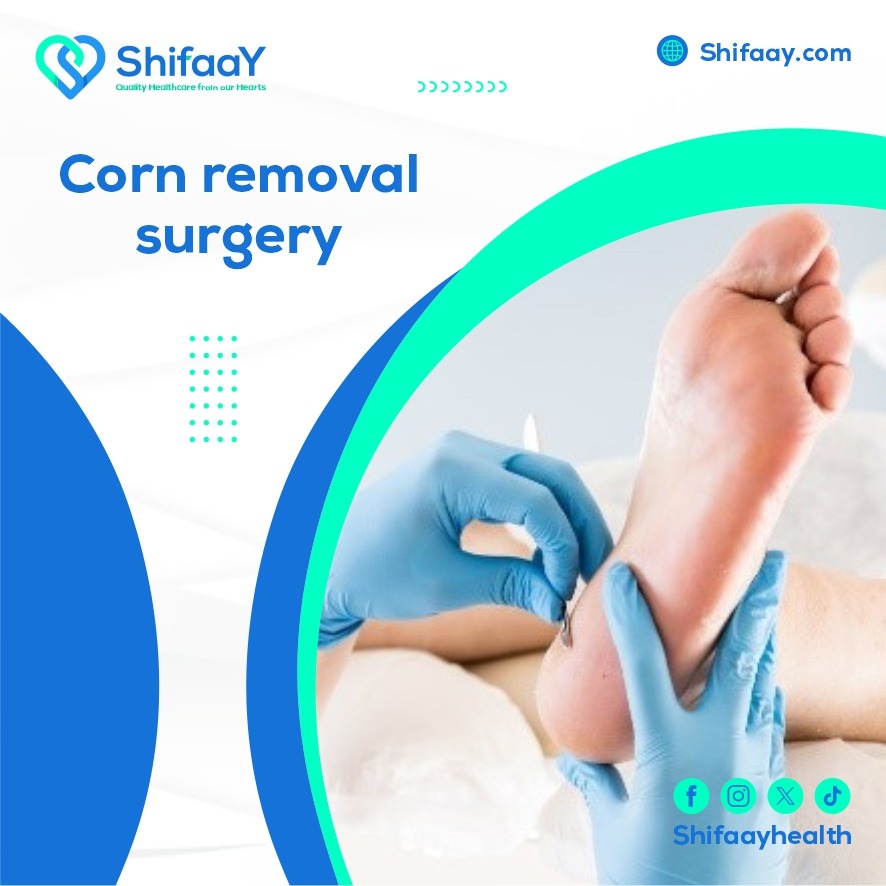
Bone callus, or bone corn removal surgery, is one of the most common issues that always affect the foot. It can result in severe pain, deformities, and the inability to move. One of the most significant, common, and effective surgical options to address this serious issue is the bone corn removal surgery, which may entail making a small incision in the affected bone to reconstruct the foot and correct the deformity caused by the bone corn. In order to improve balance and function, the orthopedic doctor at Shifaay Center will stabilize the bone and adjust its position by inserting a small screw.
It is noteworthy that Corn removal surgery might be regarded as an essential and successful surgical choice to address the callus issue and enhance the patient’s quality of life. This procedure is extremely significant because it attempts to alleviate pain, restore the foot’s natural range of motion, and enhance the foot’s outward appearance while lessening associated discomfort. The reability to wearing shoes may vary from disease case to case and may necessitate a recovery period ranging from a few days to several months.
Also follow: Radiofrequency ablation cost in Egypt
Arthroscopic heel corn removal treatment
Nowadays, arthroscopy is a highly advanced treatment option for heel corns, and it may be the best way to eliminate the problem for those who have it. This procedure, which is one of the major surgical operations with numerous benefits, may start with a small incision in the skin near the heel of the foot. An endoscope, a tiny microscope, is then inserted, allowing the skilled surgeon to see all the internal tissues clearly and perform all the necessary repairs with extreme precision and skill.
The goal of arthroscopic heel corn removal treatment is to minimize discomfort and bleeding, shorten the course of treatment and the recuperation period, and protect nearby healthy tissue. It is important to note that arthroscopic heel corn treatment is a safe and effective surgical procedure. The results resulting from it may usually be excellent and wonderful for many medical conditions. It can be generally concluded that this method of treatment is a advanced and successful way to alleviate symptoms, minimize pain and discomfort, promote quick healing, and allow patients to resume their normal lives with little need for surgery.
Heel corn treatment
Treating heel corns could be one of the most crucial things someone can do if they have a foot deformity that makes them feel excruciating pain and makes it difficult for them to move. This treatment may depend on several factors, most notably the accompanying symptoms, the severity of the deformity, and others.
For minor injuries, one of the stimulating therapeutic approaches—such as rest, the application of heel supports, etc.—may be used to relieve pressure on the injured area. If conservative treatments are ineffective for certain advanced cases, surgical intervention may be necessary to expedite the resolution of the issue.
It could be that the corn removal surgery involves rebuilding the heel and properly removing the corn, which could help it heal and eventually restore normal function of the foot. To determine the best course of treatment, it would be wise to consult the best orthopedic doctor on staff at Shifaay Center, which is considered the best medical tourism destination in Egypt.
Laser Corn removal treatment
Corns, also known as “calluses,” are one of the most annoying and painful things that people have these days. Getting treatment for this problem quickly may be required to reduce the pain and restore movement, but is it really curable?
Of course, one of the more advanced methods for treating corns is laser treatment. This technique is used by a specialist dermatologist and may involve sterilizing and anesthetizing the affected area. This is because the process is considered to be fairly painful and may require the use of anesthesia. The procedure uses a precise light to destroy the affected tissue precisely and effectively, and the resulting bleeding stops after a few minutes. Typically, doctors will prescribe antibiotics to treat inflammation and infections.
It is noteworthy that one of the more efficient modern corn removal surgery is laser surgery, which offers several benefits like pain relief, a quicker recovery period, and a quicker return of movement and walking ability. It should be noted that the number of sessions needed for the laser treatment process varies depending on the severity of the deformity and the needs of the patient’s health. Therefore, it is preferable to consult a doctor initially to determine the best treatment option.
Callus removal surgery
The “bunions” operation is a surgical procedure used to fix any heel deformities. Corns are a common condition characterized by an enlargement of the joint at the base of the thumb and toe. It is extremely painful and makes walking difficult.
Callus removal surgery involves removing the damaged part of the bone and reshaping it to correct the natural path of the foot. The goal of this surgery is to relieve pain and restore the necessary movement and ability to walk. The outcome of this procedure may depend on a number of critical factors, such as the patient’s health and the degree of the deformity.
Following this procedure, the patient might require an adequate amount of time for recuperation, which would involve rest and the prescribed exercises to regain strength and mobility. It might be advised to consult a specialist doctor in order to assess the condition and choose the best course of action.
My experience with bone corn
It is undeniable that having bone corn, or what is known as a “callus,” may present a significant and beneficial challenge. During my experience, I encountered numerous obstacles and hardships. Over time, I noticed minor aches and pains that I ignored, but they became worse. I also started to have trouble walking and wearing shoes. I sought advice from the best orthopedic doctor at Shifaay Center, who confirmed that I had a bone corn problem. I was then advised to have a corn removal surgery performed. My first postoperative period was really difficult because I had pain, swelling, and i needed to rest. However, as time went on and I followed the doctor’s instructions and physical therapy sessions, I started to get better.
Today, after a period of time has passed since the corn removal surgery, I feel much better in my condition. Now I can walk comfortably, and corn does not affect my lifestyle in the same way as it did before the operation. I now have a better understanding of the significance of seeking medical attention, paying attention to the body’s issues, and appreciating the effectiveness of medical intervention as well as the guidance and support of medical professionals. In short, my encounter with bone corn was one of the enriching experiences that strengthened and solidified me.
Internal toe corn
Internal callus, sometimes referred to as internal toe corn, is a common and extensive bone deformity that always affects the foot’s large joint. This deformity is characterized by the inward deviation of the thumb and toe. This deformity may result in the development of a small callus on the side of the foot, which can be extremely painful and make it difficult to wear shoes and walk. In the early stages of this deformity, conservative treatment methods like using heel supports or wearing appropriate shoes may be the most effective. However, if the deformity is more advanced and causes significant pain or difficulty walking, corn removal surgery may be vital.
Callus removal surgery may involve removing part of the affected bone and then rebuilding it naturally to correct the natural path of the toe. It should be mentioned that the success of this procedure, which attempts to lessen discomfort and enhance foot function, depends on a number of critical variables, including the patient’s overall health and the degree of the deformity. Therefore, in order to assess the medical condition and choose the best course of action, it might be advised to consult with the best orthopedic doctor on staff at our center.
Corn removal surgery price
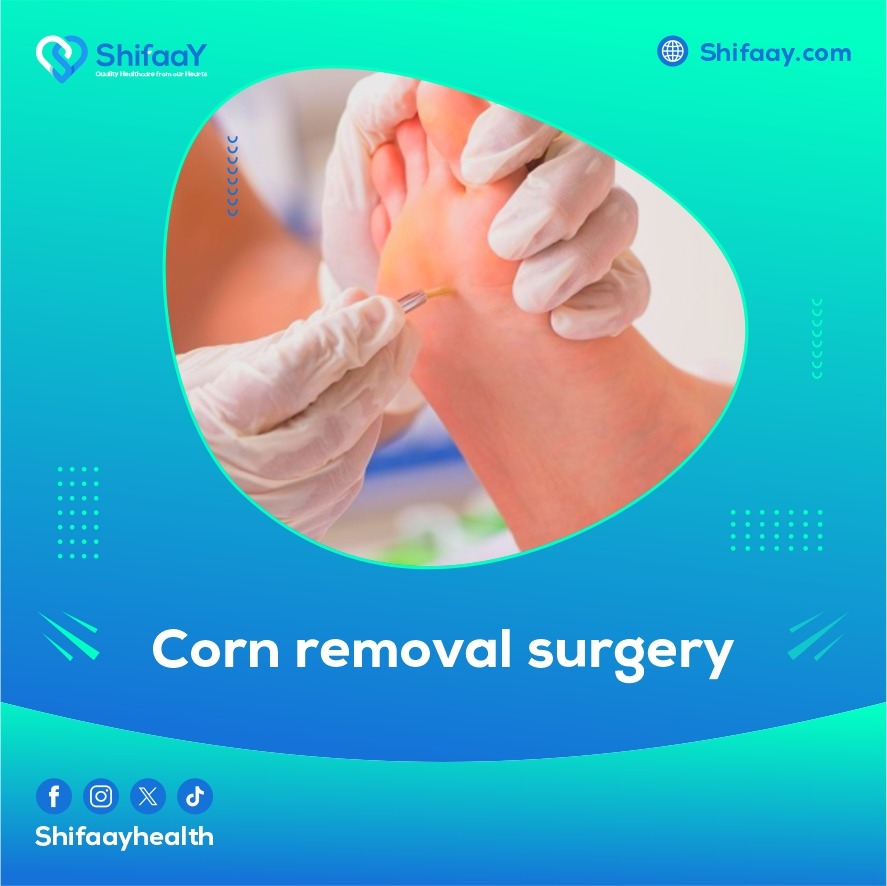
Everyone is aware that the cost of corn removal surgery varies depending on a number of significant factors and elements, including the medical center’s reputation and experience, the surgeon’s experience, the complexity of the patient’s condition, the need for additional services, the type and caliber of technology utilized, etc. However, the cost of corn removal surgery typically ranges from low to high. Therefore, it may be recommended to consult a specialized orthopedic doctor to find out the expected cost of this operation and to inquire about all the financial details and additional costs, such as drugs used in treatment and laboratory medical tests.
Overall, it can be concluded that spending money to treat bone corns and restore the patient’s ability to walk and move their feet normally is a very important and necessary matter. However, Batman will carefully and precisely recommend the best course of action based on the patient’s needs in terms of both health and finances.
Follow also: Computer assisted knee joint replacement technique
How long does the cornsal surgery take?
The length of the corns surgery depends on a number of critical factors, including the surgical technique employed, the degree and complexity of the deformity, the equipment available at the medical facility, the experience of the specialized surgeon, etc., but generally speaking, this procedure can take anywhere from one to two hours.
Who is the doctor who specializes in treating corns?
The physician who specializes in treating corns is an orthopedic surgeon or foot and ankle surgeon. They have a great deal of experience and skill in assessing all corn cases, no matter how simple or complex, and in providing appropriate treatment, whether it involves surgery or non-surgical intervention. After treating a patient, they also provide the necessary aftercare advice and support to ensure that the condition does not recur.
When do corns become dangerous?
In certain situations, corns can be extremely dangerous. These include extremely painful cases that interfere with sleep and movement, make it difficult to carry out daily tasks like walking and putting on shoes, cause severe swelling, and manifest symptoms that could be signs of an infection or inflammation.

